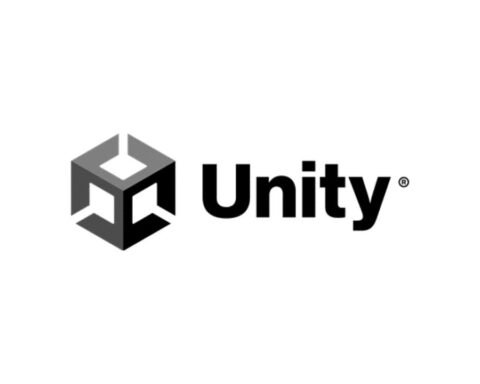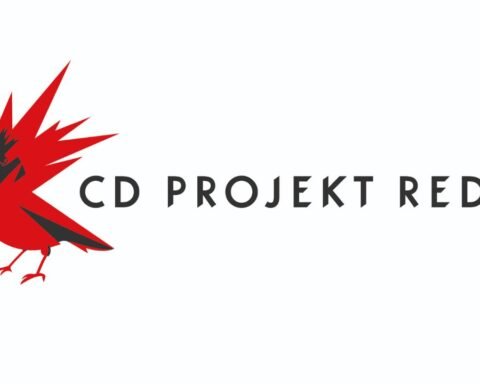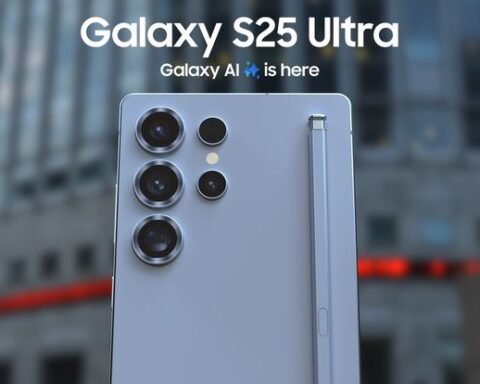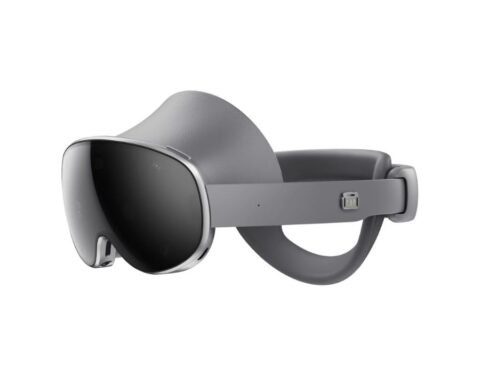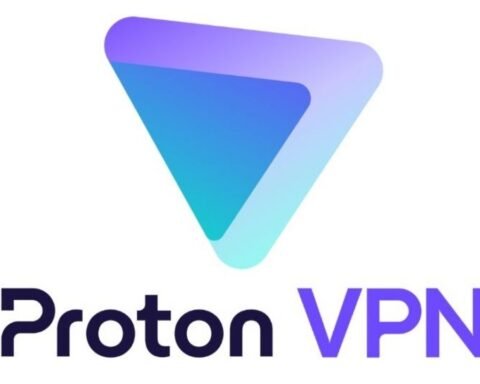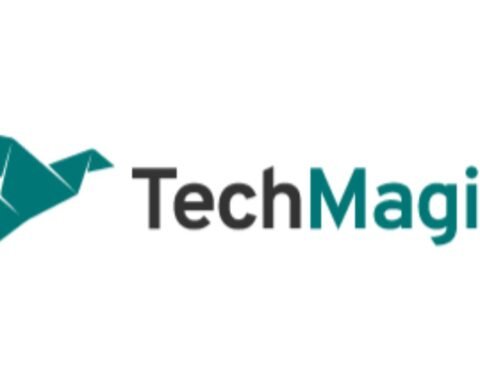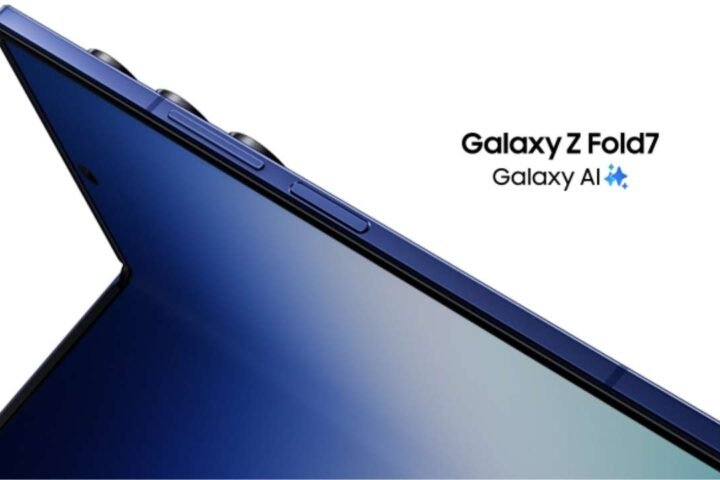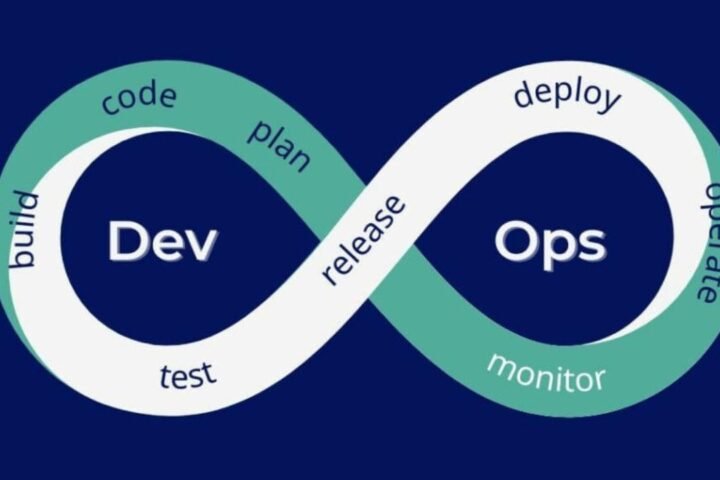Nvidia Corporation (NVDA) has become the first publicly traded company to have a market capitalization of more than $4 trillion. This is a historic milestone that cements its place as a giant in the global technology sector. On Wednesday, July 9, 2025, Nvidia’s stock hit an intraday high, briefly pushing its market value over the $4 trillion mark for the first time. On Thursday, July 10, it closed at $4.004 trillion, with shares at $164.10, up 0.75%. This success puts Nvidia ahead of tech giants Microsoft ($3.73 trillion) and Apple ($3.13 trillion), showing how AI can change the world economy.
Nvidia’s rise to this incredible value shows how important it is to the AI revolution. Nvidia started out in 1993 making graphics cards for gaming. Now, it is the clear leader in AI hardware, thanks to its high-performance chips and CUDA software platform, which are essential for training and running AI models. The company’s stock has gone through the roof, rising more than 20% so far this year in 2025. It reached a market cap of $1 trillion in June 2023 and then tripled that value in just over a year, a pace that competitors like Apple and Microsoft can’t match.
The rise in Nvidia’s value is due to an unending need for AI infrastructure. The company’s chips are what make the generative AI boom possible. This boom started to pick up speed when ChatGPT came out in late 2022. Nvidia has made a lot of money from its near-monopoly on high-end AI chips as businesses and governments around the world invest heavily in AI. Loop Capital’s research note from June says that Nvidia’s market cap could reach $6 trillion by 2028. Barclays analysts recently raised their price target to $200, which means the company could be worth $4.9 trillion. The International Data Corporation says that global spending on AI infrastructure will reach more than $200 billion by 2028. This will make Nvidia even more powerful.
There have been bumps in the road for Nvidia on its way to $4 trillion. When Chinese AI company DeepSeek released its R-1 model in January 2025, which was trained on less advanced chips, the company’s market cap fell by $600 million. This raised fears of possible competition. Nvidia’s bottom line has also been hurt by U.S. restrictions on chip exports to China during both the Biden and Trump administrations. In its most recent quarter, the company lost $4.5 billion in revenue, and it expects to lose $8 billion in the current quarter. Nvidia’s stock has held up well despite these problems, thanks to investors’ faith in the company’s long-term leadership in AI.
There have also been risks because of trade tensions around the world, especially those caused by President Donald Trump’s tariff policies. Apple and other competitors have seen their stock prices drop because of tariffs, but Nvidia has been able to rise above these problems. Its stock price has gone up almost eight times, from $500 billion in 2021 to $4 trillion now. This strength shows that Wall Street still believes that AI is the future of technology, with Nvidia at its center.
To get an idea of how big Nvidia’s market cap is, think about how close its $4 trillion value is to India’s GDP, which the International Monetary Fund says is $4.2 trillion. If Nvidia’s stock price goes up by just 5%, its market value could be higher than all of India’s economic output. Also, Nvidia’s market cap is higher than the total value of all publicly traded companies in the UK and higher than the combined value of the Canadian and Mexican stock markets. It is also almost the same as the total market cap of the 214 lowest-ranked parts of the S&P 500.
Nvidia is the most important stock on the S&P 500, with a 7.3% weighting. This is more than Apple (7%) and Microsoft (6%). Its meteoric rise has not only pushed the Nasdaq to new highs, but it has also followed broader market trends, such as a rise in cryptocurrencies like Bitcoin, which shows that investors are willing to take risks.
Wall Street still thinks Nvidia will do well in the future. After the stock hit $4 trillion, analysts from Goldman Sachs, Keybanc Capital Markets, and Bocom International said it was a buy because it was the best in AI hardware. Dan Ives, an analyst at Wedbush, says that Nvidia could have a market cap of $5 trillion in 18 months. He also says that Microsoft could join the $4 trillion club by the summer of 2025. Nvidia’s new products, like the Blackwell Ultra chip that was announced at its developers conference in March 2025, promise better support for AI models with advanced reasoning abilities. This makes people even more hopeful about the company’s growth.
Nvidia is moving into new areas beyond AI. For example, its DRIVE AGX Pegasus platform supports Level 5 fully autonomous vehicles for robotaxis and driverless delivery. This diversification makes Nvidia’s growth story stronger, even though AMD and Intel are having a hard time catching up.
Nvidia’s milestone has also made its CEO, Jensen Huang, one of the richest people in the world. Huang’s net worth is about $143 billion as of July 10, 2025. That’s just $1 billion short of Warren Buffett’s $144 billion fortune. This quick rise in wealth is like Nvidia’s bigger effect, which is that its market cap shows that AI-driven businesses are gaining more economic power.
People are happy about Nvidia’s rise, but some people are warning against getting too excited. Jim Chanos, a famous short seller, has compared the AI boom to the dot-com bubble and said that growth could slow if capital spending falls. Some people also say that Nvidia’s high price-to-earnings ratio is a problem. However, its current 12-month forward P/E of 32 is lower than its three-year average of 37, which means that the market still thinks there is room for growth. Investors should think about Nvidia’s market dominance in light of possible risks, such as geopolitical uncertainty and new competitors in the custom silicon market.
Nvidia’s $4 trillion market cap is more than just a financial milestone; it’s a turning point in the history of technology. Nvidia has gone from a small player to a global economic force, outpacing tech giants and changing the way the market works. It is the backbone of the AI revolution. Nvidia is a strong leader in the AI era, despite problems like competition and geopolitical risks. This is because of its strategic advantages and constant innovation. One X post said it best: “AI isn’t just hype.” It’s the new religion on Wall Street. Nvidia is its high priest for now, and the world is watching to see how much higher it can go.







